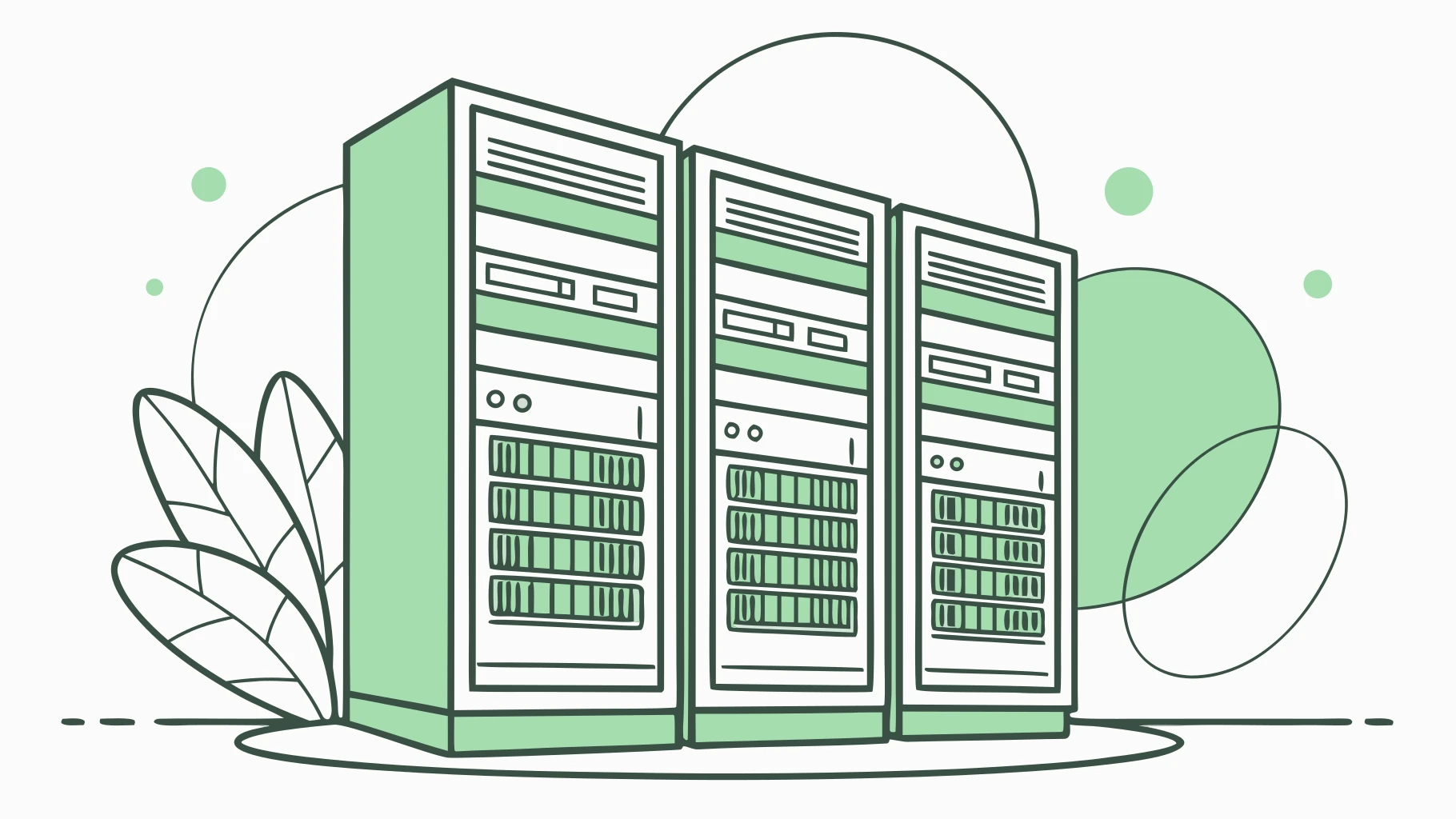Deploying LLMs in production requires choosing between cloud, on-premise, or hybrid approaches. This guide examines options, trade-offs, and implementation strategies.
Cloud Deployment Options
API-Based Models
- OpenAI API (GPT-5): Direct API access, pay-per-token
- Anthropic API (Claude Sonnet 4.5): Direct API or via cloud providers
- Google AI Studio (Gemini 2.5 Pro): Free tier and paid options
- Advantages: Zero infrastructure management, automatic updates
- Considerations: Per-token costs, external data processing
Cloud-Hosted Models
AWS Bedrock:
- Claude via AWS infrastructure
- EU data residency options
- Integration with AWS services (Lambda, S3, etc.)
- Enterprise security and compliance
- Pay-per-use pricing
Azure OpenAI Service:
- GPT models via Microsoft Azure
- Enterprise agreements and SLAs
- EU data processing available
- Integration with Azure ecosystem
- Fine-tuning capabilities
Google Cloud Vertex AI:
- Gemini models natively integrated
- EU data residency
- AutoML integration
- Competitive pricing
- Strong multimodal capabilities
On-Premise Deployment
When to Deploy On-Premise
- Strict data sovereignty requirements
- High request volumes justify infrastructure cost
- Low latency requirements
- Sensitive data that cannot leave premises
- Long-term cost optimization
Open-Source Models: Llama 4
- Llama 4 Scout: 10M token context, 109B total parameters
- Llama 4 Maverick: State-of-the-art multimodal, 400B parameters
- Zero licensing costs
- Full control over deployment
- Customization through fine-tuning
Infrastructure Requirements
- GPU servers: NVIDIA H200 or GB200 NVL72 recommended
- Storage: NVMe SSDs for model loading
- Networking: High-bandwidth for multi-GPU setups
- Cooling: Substantial cooling infrastructure
- Power: 10-50kW per rack depending on configuration
- Redundancy: Multiple servers for high availability
Hybrid Deployment
Architecture Patterns
- On-premise for sensitive data processing
- Cloud APIs for general-purpose tasks
- On-premise for high-volume operations
- Cloud for specialized models
- Failover between environments
Use Cases
- Healthcare: Patient data on-premise, general AI via cloud
- Finance: Transaction processing on-premise, analysis in cloud
- Enterprise: Internal tools on-premise, customer-facing via cloud
Cost Analysis
Cloud API Costs
- Variable costs scaling with usage
- No upfront investment
- Predictable per-token pricing
- Example: 10M requests/month at $0.01/request = $100K/month
On-Premise Costs
- Capital expenditure: $50K-$500K+ for GPU servers
- Operational costs: Power, cooling, maintenance
- Personnel: DevOps and ML engineers
- Break-even: Typically 60-80% utilization for 12-18 months
- Long-term: Lower cost per request at scale
Break-Even Analysis
- Calculate monthly API costs at current volume
- Estimate infrastructure and operational costs
- Factor in growth projections
- Consider opportunity cost of capital
- Typical break-even: >1-5M requests/month depending on use case
Model Serving Frameworks
vLLM
- High-throughput serving
- PagedAttention for memory efficiency
- Continuous batching
- Supports multiple models
- Production-ready performance
TensorRT-LLM
- NVIDIA's optimized serving
- Maximum GPU utilization
- Low latency inference
- FP8/FP4 quantization support
- Best performance on NVIDIA hardware
Hugging Face TGI (Text Generation Inference)
- Easy deployment of Hugging Face models
- Good community support
- Docker-based deployment
- Streaming responses
- Quantization support
Deployment Architecture
Load Balancing
- Distribute requests across multiple model instances
- Health checks and automatic failover
- Round-robin or least-connections routing
- Session affinity if needed
Caching Layer
- Redis or Memcached for response caching
- Semantic caching for similar queries
- Reduces load on model servers
- Significant cost savings
Auto-Scaling
- Scale based on request queue length
- Kubernetes HPA (Horizontal Pod Autoscaler)
- Scale-to-zero for cost optimization
- Warm-up time considerations
Monitoring and Observability
Key Metrics
- Request latency (p50, p95, p99)
- Throughput (requests/second)
- GPU utilization
- Memory usage
- Error rates
- Queue depths
Logging
- Request/response logging
- Error tracking
- Performance profiling
- Cost attribution
- Compliance audit trails
Security Considerations
Network Security
- VPC isolation
- Private endpoints
- TLS for all communications
- API authentication
- Rate limiting and DDoS protection
Data Protection
- Encryption at rest and in transit
- Access controls and IAM policies
- Audit logging
- Data retention policies
- GDPR compliance measures
Decision Framework
Choose Cloud API When:
- Starting new projects
- Low to medium request volume
- Need latest models immediately
- Limited ops resources
- Variable workloads
- Fast time-to-market priority
Choose On-Premise When:
- High sustained request volumes
- Strict data sovereignty requirements
- Cost optimization at scale
- Need customization through fine-tuning
- Low latency critical
- Long-term infrastructure investment viable
Choose Hybrid When:
- Mixed workload characteristics
- Balancing cost and flexibility
- Gradual migration strategy
- Different requirements for different features
- Risk mitigation through diversification
Deployment strategy significantly impacts costs, performance, and operational complexity. Start with cloud APIs for speed, consider on-premise as volume grows, and leverage hybrid approaches for optimal balance.
